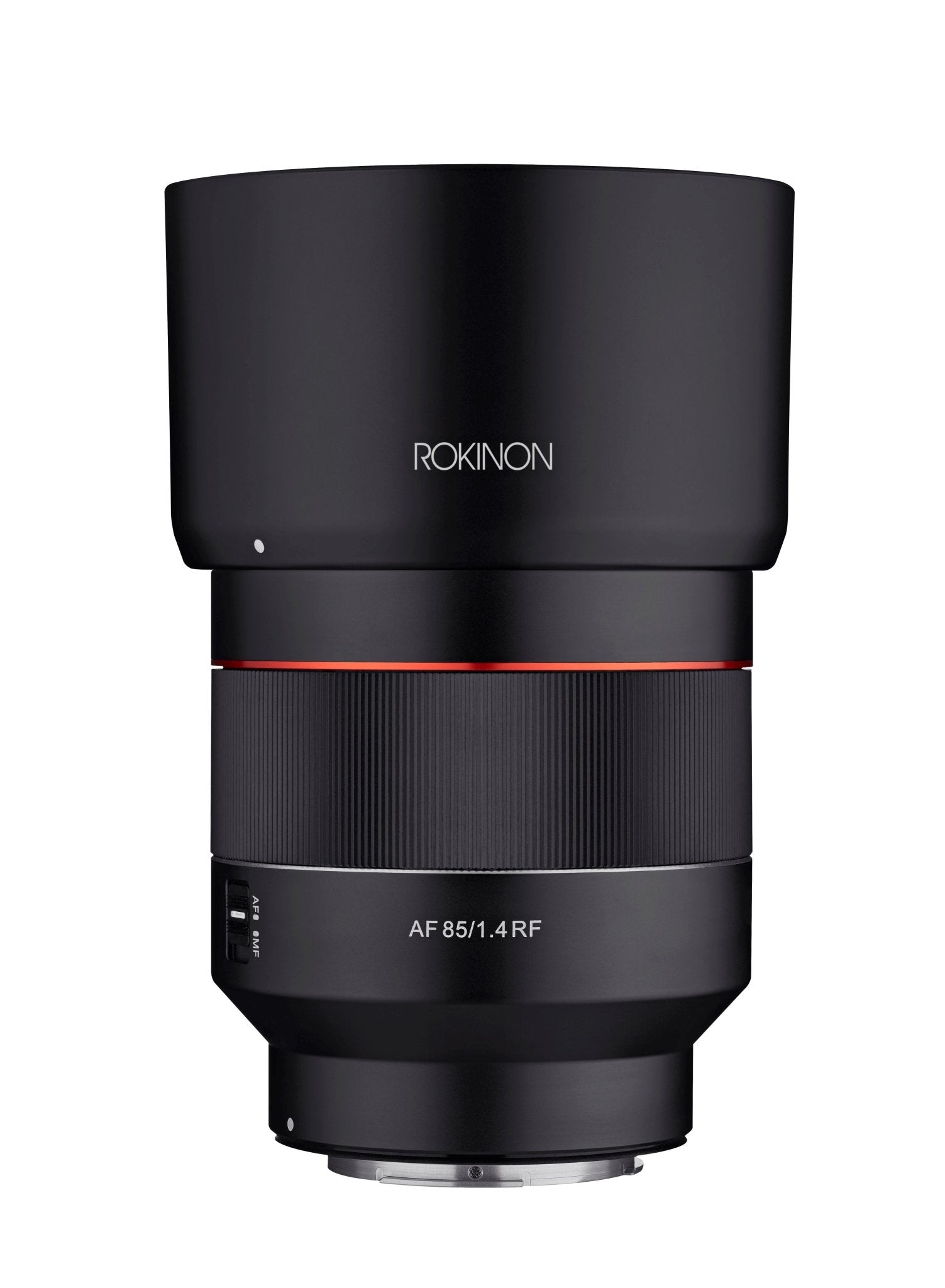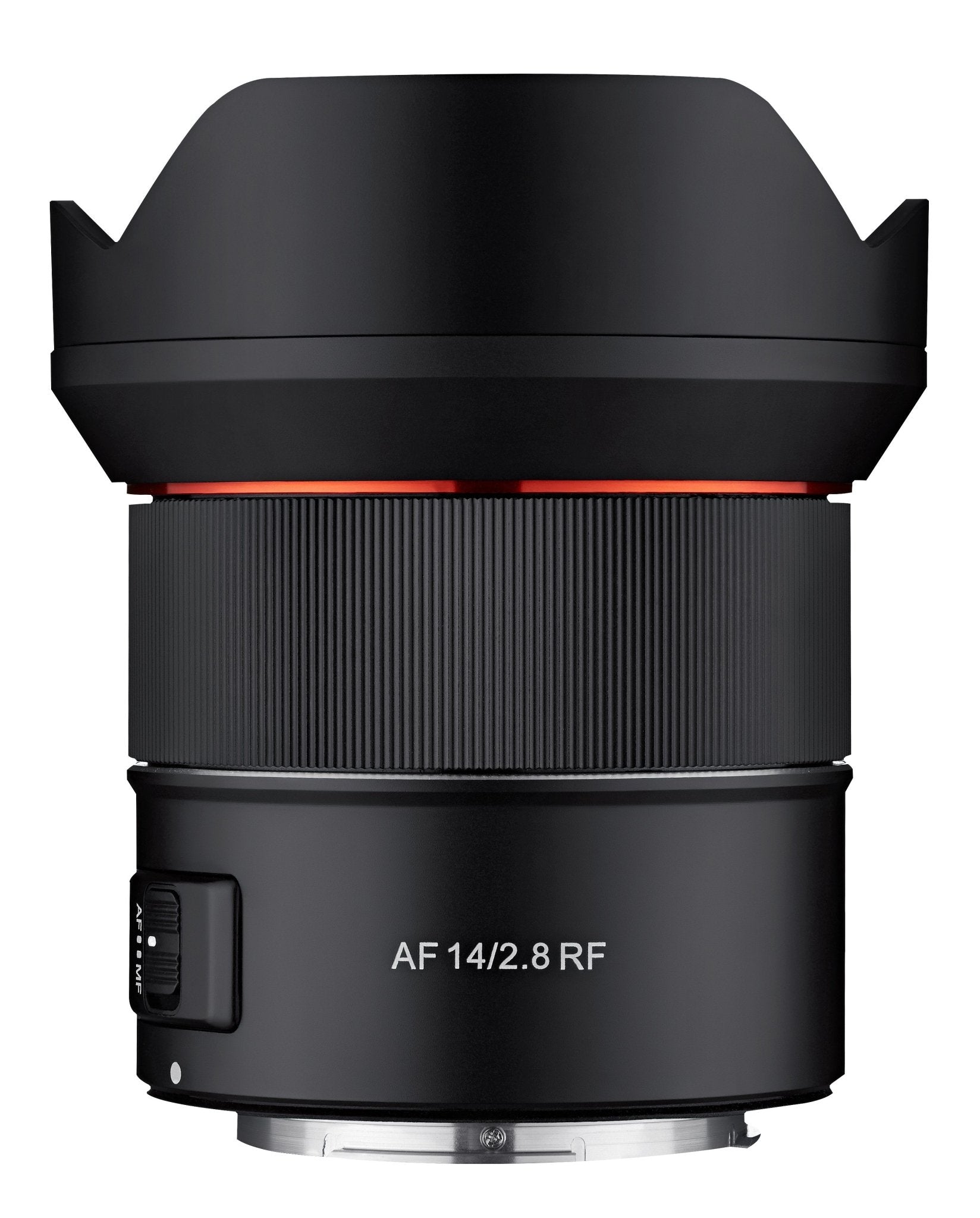Going from what I have heard and been told directly in regards to Sigma; they are waiting on a license from both Canon and Nikon in order to make RF and Z mount glass and they they will not reverse engineer either mount.I have seen claims on the internet about Canon doing deals with third parties such as Sigma not to produce RF mount lenses for a certain period, but frankly I think that is unlikely to be true. Deals, especially between competitors (such as Canon and lens manufacturers such as Sigma / Tamron / Samyang), which prevent or limit one or more of the parties from competing tend to fall found of anti-competitve conduct (anti-trust) laws. Those laws are often complex, and the laws of multiple countries may be relevant here which could further complicate things, but I suspect any deal between Canon and third party lens manufacturers not to compete would be a dangerous game to play.
So, if there is no deal prevening third party lens manufacturers making RF mount lesnes, two obvious possibilities to explain the very limited range of third party RF mount lenses are:
1. Canon has designed the RF mount / R system such that it is very hard, or impossible, to make auto-focusing lenses which work without infringing Canon's intellectual property, ie presumably one or more of Canon's patents. (Given we have seen a number of manual focus lenses, it seems AF is probably the difficult issue). If that is the case, whether we see many third party RF mount lenses is likely to come down to whether Canon is willing to grant licenses to use its IP ... and I understand Canon doesn't have a history of doing that very often. However, if this is the situation, you would think Canon would be putting a stop to any third party lens which infringes Canon's IP, yet there are a few RF lenses out there with AF (the Rokinon 85mm f/1.4 and the Yongnuo 85mm f/1.8 to name two). For all I know they are using the AF system/protocols from EF days and avoiding infringing Canon's newer IP that way (albeit that would mean they are not taking advantage of all the RF mount has to offer), but if that is the only way third party lens manufacturers can make RF lenses without infringing Canon's IP, why wouldn't they all just do that? After all, EF lenses seem to AF well on R camera bodies even if RF lenses can be better still.
2. The commercial reality is there just aren't enough RF mount bodies out there yet to make it worthwhile for a third party manufacturer to produce RF mount lenses, ie they are commercially better off spending their time and money producing lenses for other mounts. Reading a forum like CR it is easy to get the impression almost everyone has bought an RF camera, Canon talks a good game about the RF system, supply shortages tend to create an impression of high demand (even if it is possible they simply reflect supply problems meaning only very few products are being produced rather than high demand), and of course Canon's market share is strong at least in general terms. However, does anyone outside Canon know how many R bodies have actually sold? The RF system is obviously still relatively young, so perhaps there really just aren't RF bodies out there yet to convince third party lens manufacturers its worth spending too much time on RF mount lenses at this stage of the game? If that is the case, whether/when we start to see more third party RF mount lenses will presumably depend on whether/when there are a critical mass of RF mount bodies out there in the wild.
At this point, I'm going with the theory that there simply aren't enough R bodies out there to entice third party manufacturers to be very interested in making RF mount lenses, simply becasue the other possibilities I can think of seem to me to be even less likely.
Anyone want to suggest any other possibilities?
- Being part of the L mount alliance they will of course been given access to specs/protocols by Leica.
- Sigma alongside side other companies signed agreements with Sony in order to make lenses for emount which is why AF performance with 3rd party lenses is so good.
- Fuji previously had a largely closed mount but they changed their policy and opened up xmount in 2020 - https://www.fujirumors.com/fujifilm...line-continues-no-gfx-fixed-lens-camera-more/
Soon after Sigma, Tamron and others made lenses for that platform in full agreement with Fuji. Sigma had said publicly before this happened that they couldn’t make lenses for Fuji as the mount was closed.
So unless agreements are reached with Canon I don’t think there will be any lenses from Sigma, Tamron, Tokina or Voigtländer on RF.
Upvote
0






